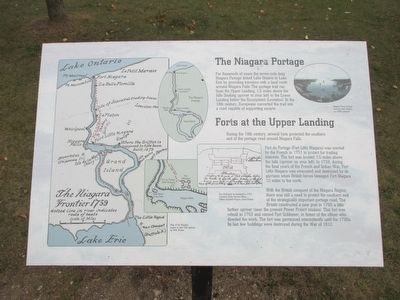Welcome to the Presidio San Agustín del Tucson Wall, a site that stands as a testament to Tucson’s rich and turbulent history. Founded on August 20, 1775, by Captain Hugh O’Conor, an Irish mercenary serving the Spanish crown, this presidio was part of Spain’s efforts to fortify its northern frontiers in the New World. O’Conor and his soldiers selected this site on the east terrace overlooking the Santa Cruz River floodplain, adjacent to the O’odham village of Cuk Ṣon.
The presidio’s initial construction faced challenges, including mismanagement of funds, which delayed the building of its adobe walls. However, a near disastrous attack by Apache raiders in June 1782 spurred efforts to complete the fortifications. By May 1783, the fort was fully enclosed with massive adobe walls, measuring approximately 670 feet to a side, featuring square towers at its northeast and southwest corners.
Throughout its history, Presidio San Agustín del Tucson played a crucial role in the Spanish colonial military defense system. It housed a small garrison of Spanish soldiers tasked with protecting settlers from frequent Apache raids. The presidio’s presence also facilitated the growth of Tucson, which served as a hub for expeditions into indigenous territories.
The presidio remained intact until 1856, when the Gadsden Purchase transferred southern Arizona to the United States. Afterward, the fort’s walls were gradually dismantled, with the last section removed in 1918. However, a reconstruction of the northeast corner was completed in 2007, allowing visitors to step back in time and imagine life in the late 18th century.
The presidio is a significant historical site, marking the confluence of Native American, Spanish, and later American influences in the region. It tells stories of resilience, cultural exchange, and conflict that shaped the American Southwest. As you walk along the reconstructed walls, imagine the bustling life of soldiers, settlers, and indigenous peoples who inhabited this area, each contributing to the complex tapestry of Tucson’s history.



